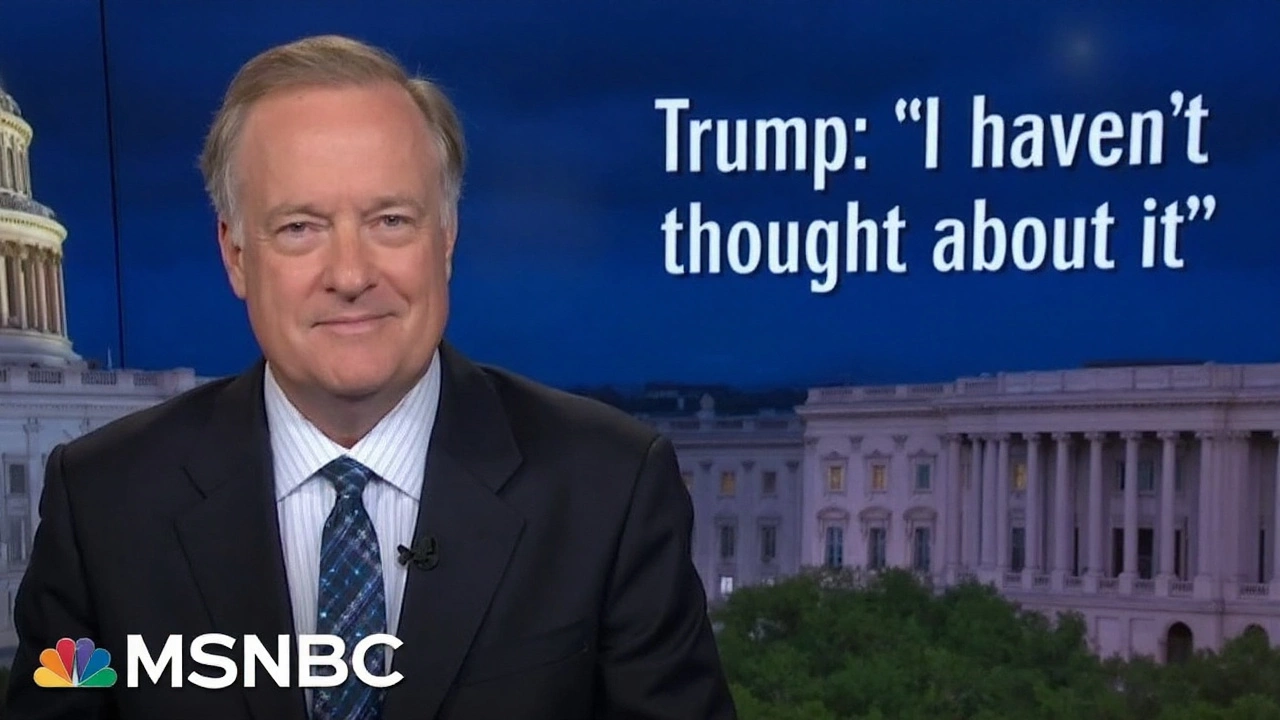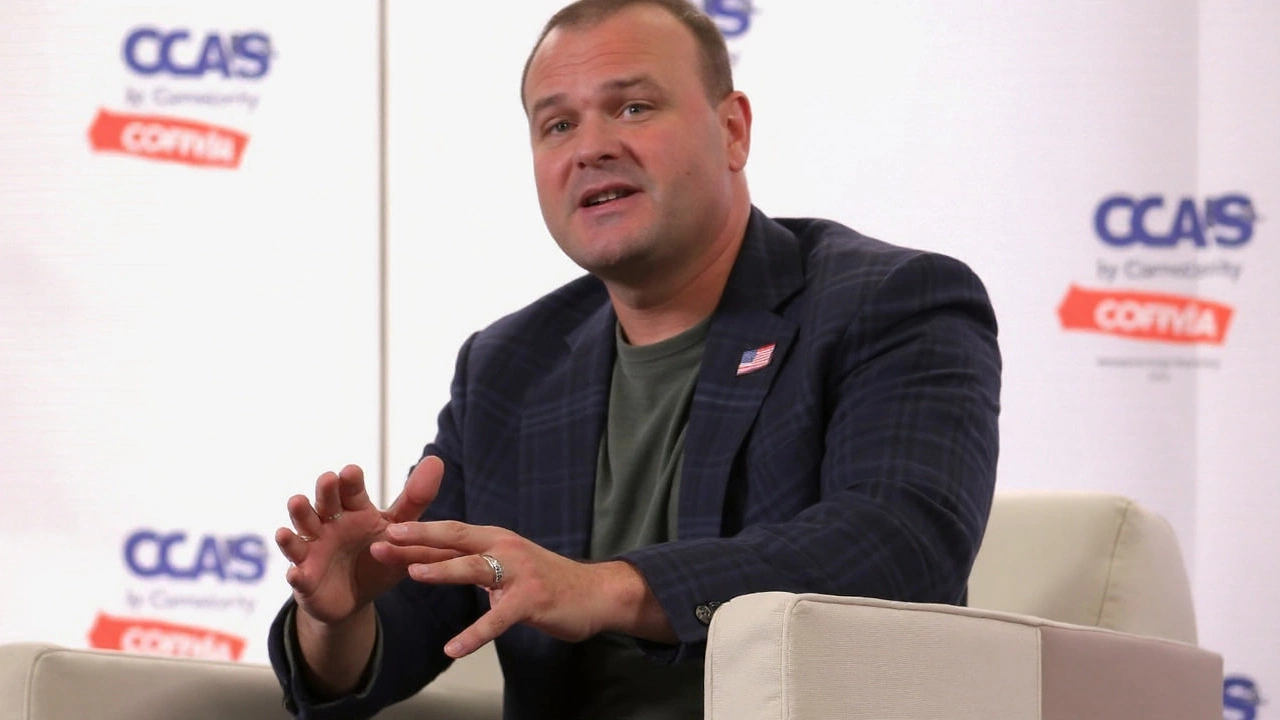A power struggle inside the federal law enforcement world has burst into the open, with senior officials split over whether to release more records tied to Jeffrey Epstein—and whether one of the FBI’s top leaders should walk away because of it. According to multiple sources familiar with the matter, Dan Bongino is weighing whether to resign as FBI deputy director after a heated confrontation with Attorney General Pam Bondi over the Justice Department’s decision to stop any further public disclosures.
The flashpoint is an internal memo from the FBI and Justice Department that reaffirms a conclusion already on the record: Epstein died by suicide in a Manhattan jail in 2019. The memo, sources say, stresses that there will be no additional public release of investigative files. That stance has set off a bitter round of finger-pointing among Trump-aligned figures who have demanded more transparency and have long viewed the case as emblematic of elite impunity.
People close to the situation say Bongino told confidants he is considering stepping down after a closed-door clash with Bondi earlier this week over how to handle the fallout. While no decision is final, the possible departure has unnerved career officials who say morale has already been strained by waves of political pressure and public suspicion around high-profile investigations.
Fueling the furor are earlier public comments from Bongino and conservative figures who urged supporters not to let the Epstein story fade. A 2023 podcast clip of Bongino circulating again on social media portrays the case as a “big deal” that power players in Washington want to bury. Allies of former President Donald Trump have amplified those calls, arguing that withholding records invites conspiracy theories rather than ending them.
At the same time, some of the titles and roles being cited have raised questions. Public biographies list Bongino as a former Secret Service agent and media host, Kash Patel as a former national security and Defense Department official, and Pam Bondi as a former Florida attorney general. Their roles as described by sources involved in this dispute could not be independently verified by our newsroom as of publication.
What’s driving the fight over the “Epstein files”
The FBI-DOJ memo at the center of this standoff reaffirms a conclusion that’s been the official record since 2019. Epstein’s death was ruled a suicide, and several oversight reviews have already scrutinized security lapses at the jail where he was held. Still, the push to keep additional case files under wraps—witness statements, internal emails, uncharged leads, and other sensitive material—has ignited demands for disclosure from political figures and online influencers who say the public deserves a fuller accounting.
There are legal reasons the government often refuses broad releases in cases like this. Federal rules tightly guard grand jury material. Privacy laws shield the identities of victims and witnesses. Investigative files can be restricted if they might expose uncharged conduct, compromise techniques, or chill cooperation in related inquiries. Agencies also frequently resist piecemeal disclosures that could mislead without full context—especially when documents reference people who were never charged.
That tension has only grown in the Epstein matter. Some records connected to Epstein’s network have surfaced through civil litigation, including in the U.S. Virgin Islands, and high-profile names have appeared in flight logs and deposition transcripts. But the criminal case files themselves are a different category. The government’s latest memo signals there won’t be a new tranche of investigative records coming from DOJ or the FBI.
Victims’ advocates, meanwhile, argue that secrecy deepens mistrust. Families and survivors say unanswered questions linger about how Epstein was able to operate for years, who helped him, and why key warnings were missed. They point to prior breakdowns—from the 2008 non-prosecution agreement in Florida to documented problems inside the New York jail—that eroded confidence in institutions meant to protect the vulnerable.
Inside the FBI, according to staff who spoke on background, the memo was meant to draw a line under a case that has soaked up resources for years while spawning waves of misinformation. But the move has instead triggered fears of a political backlash and raised the stakes for Bongino personally. If he resigns, it would be read as a public rebuke of DOJ’s approach; if he stays, allies pressing for more openness may accuse him of caving.
- What remains sealed: grand jury materials, internal deliberations, and investigative files that reference uncharged individuals.
- What’s already public: the suicide finding; oversight discussions of jail failures; and civil-court disclosures that have named associates and detailed parts of Epstein’s network.
- The core dispute: whether further disclosure would inform the public—or cause collateral damage and misinterpretation.

What it means for law enforcement and politics
The standoff lands at a time when confidence in federal law enforcement is polarized. For career agents and prosecutors, limiting releases is about protecting victims and preserving the integrity of investigative work. For critics, refusal looks like stonewalling—especially after years of high-profile security failures and uneven accountability for powerful people.
Bongino’s potential exit would send a message beyond this case. Senior-level departures in moments of controversy are read as votes of no confidence and can prompt congressional inquiries, subpoenas, and a new cycle of public hearings. If he stays, expect an aggressive oversight push anyway from lawmakers and activists who have turned the “Epstein files” into a litmus test for transparency.
Bondi, for her part, has held the line on the memo’s central point: no further disclosures. Her office, along with the FBI, has not responded to repeated requests for comment about the clash or about Bongino’s status. People in Trump’s orbit—some in government roles, others outside—are said to be increasingly frustrated with how the case is being handled and are pressuring allies to keep the story at the forefront.
There are practical constraints the government faces regardless of politics. Freedom of Information Act requests run into well-defined exemptions covering privacy and active enforcement actions. Grand jury secrecy is a hard legal wall. And courts typically frown on releasing raw investigative files that pull private citizens into the public eye absent charges.
Still, the demand for sunlight isn’t going away. Victims’ attorneys could press for targeted releases, Congress could force the issue through hearings and declassifications of non-sensitive material, and watchdog groups may test the limits in court. Even partial disclosures—timelines, summaries, or anonymized audits—could lower the temperature if done carefully. What’s missing, critics say, is any sign of a plan from DOJ that acknowledges the scale of public suspicion.
The politics of the moment all but guarantee this dispute won’t stay behind closed doors. Bongino’s deliberations about resigning have become a proxy for a bigger argument about who controls sensitive records and how the public learns about failures at the highest levels. For the agents and attorneys doing the day-to-day work, that means another round of scrutiny, leaks, and second-guessing while the country argues over what justice and transparency look like in one of the most toxic cases in recent memory.
As of now, no final decision has been made. Sources say Bongino remains in discussions with close advisers, and both the FBI and Justice Department are bracing for the next move—whether that’s a resignation, a recalibrated disclosure policy, or a new round of political theater that pushes the agencies deeper into the partisan crossfire.
Note: Some titles and roles cited by sources in this report do not align with public biographies and could not be independently verified at press time. We have attributed claims accordingly and will update if officials provide on-the-record clarification.
